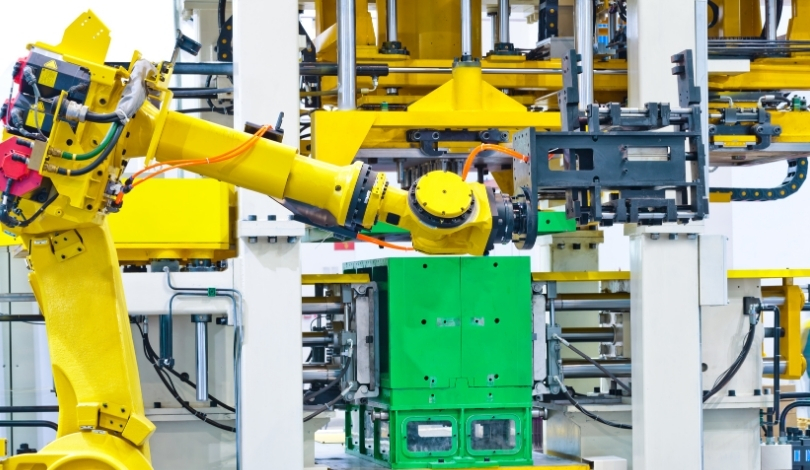Microbot Medical Inc. has expanded its patent portfolio for the LIBERTY Endovascular Robotic System by gaining its first Japanese patent, signaling increased interest in robotic-assisted medical procedures globally. While the company is headquartered in Hingham, Massachusetts, its recent milestones demonstrate a broader intention to establish a presence in key international markets. Experts in medtech have observed that the integration of robotic systems in surgery continues to accelerate as technological advancements respond to demands for precision and efficiency. As competition grows among medical device manufacturers, the latest approval in Japan opens new opportunities for LIBERTY in the competitive field of surgical robotics. Stakeholders are watching how Microbot’s next steps may influence hospital adoption and patient care practices.
Microbot Medical had already secured patents for its core LIBERTY technology in the United States, China, and Israel prior to the Japanese approval. In comparison to previous announcements, the current news confirms the company’s ongoing strategy to seek regulatory and patent protection for LIBERTY in strategic global territories. With FDA 510(k) clearance in hand since September, Microbot has communicated a focus on entering both established and emerging markets. Earlier reports also mentioned the advancement of modular surgical robot designs, strengthening LIBERTY’s adaptability for a wider range of procedures. As such, Microbot Medical’s portfolio continues to position it competitively in the expanding field of endovascular robotic systems.
What Makes LIBERTY Distinct in Surgical Robotics?
The LIBERTY Endovascular Robotic System is described as a compact, single-use robot intended to aid physicians in performing neurovascular, cardiovascular, and peripheral vascular procedures. Microbot Medical refers to LIBERTY as a solution for enhancing control and precision, as well as facilitating remote operation, which distinguishes it from traditional manual approaches used in surgery. The company also points out the system’s potential to standardize procedural quality and lower costs. Microbot has noted that the patented modular design will allow LIBERTY to handle a wider variety of endovascular interventions.
How Is Microbot Medical Planning to Use New Funding?
In a move expected to support its expansion, Microbot Medical announced that investors have agreed to exercise outstanding preferred investment options, potentially generating up to $92.2 million in gross proceeds. Resources from this funding round are earmarked for further development, commercialization, and regulatory expansion of the LIBERTY system. Additionally, the company is targeting new acquisitions, intellectual property expansion, and general business needs. According to leadership, these developments will help accelerate the system’s commercial launch.
“Our initial focus is on the U.S. market. However, certain markets, such as Japan, represent attractive and strategically important markets for the LIBERTY System,”
stated Harel Gadot, chairman, president, and CEO of Microbot Medical.
What Are the Next Steps for LIBERTY in International Markets?
With regulatory clearance already achieved in the U.S., and patent coverage extending to major markets, Microbot Medical is currently assessing pathways for international expansion. The Japanese patent is seen as a step toward entering a region that often prioritizes FDA-cleared technology for its own regulatory process. The company is reviewing opportunities to expedite LIBERTY’s approval and adoption in countries that evaluate U.S. FDA clearances.
“Building on our recent FDA clearance of LIBERTY, we are evaluating opportunities to expand into other global markets that have traditionally taken FDA clearance into consideration to potentially expedite local approval and adoption,”
Gadot emphasized.
As the global market for surgical robots grows, competition among firms like Intuitive Surgical and emerging players such as Microbot Medical continues to intensify. Intuitive Surgical’s recent advancements with the da Vinci 5 further illustrate this dynamic sector. Microbot Medical aims to differentiate itself with the LIBERTY system’s compact design and modular functionality, enabling use in a broad set of endovascular procedures. Investors and hospitals will assess factors like cost-effectiveness, ease of integration, and regulatory status in making adoption decisions. For readers interested in surgical technology, following regulatory, patent, and investment activities provides insights into how innovation enters the clinical mainstream. Awareness of these developments can help healthcare providers and investors make informed decisions regarding robotic surgical systems as they become more widely available.
- Microbot Medical received its first Japanese patent for the LIBERTY system.
- Funding of $92 million will support commercialization and development.
- LIBERTY’s modular design targets various endovascular procedures globally.










